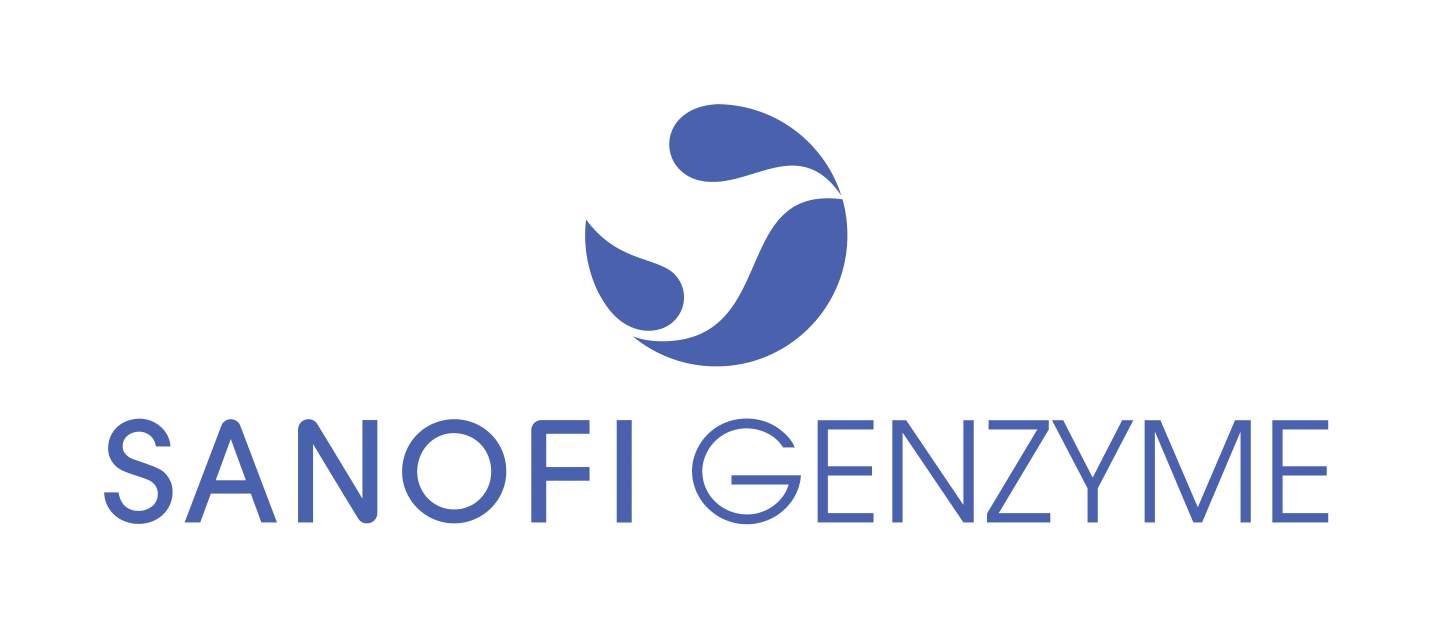National Hemophilia Foundation (NHF) - Posters
Case Report of Surgical Management of a Hemophilia B Gene Transfer Clinical Trial Participant Following Etranacogene Dezaparvovec (AMT-061) Gene Therapy |
|
|
|
 Gene Therapy-1.png)
|
Objective:
Gene therapy for hemophilia can potentially ameliorate disease severity to a milder or functionally curative state through a single treatment. Clinical trials evaluating gene transfer for hemophilia B have shown sustained endogenous factor IX (FIX) expression in severe patients, with a decrease in annual bleeding rate and factor usage and improvements in quality of life.Here we report a case of unplanned orthopedic surgery in a patient with severe hemophilia B treated with etranacogene dezaparvovec (AMT-061), an investigational gene therapy comprising an adeno-associated virus serotype 5 vector containing a codon-optimized Padua variant human FIX gene, with a liver-specific promoter.
Methods:
Retrospective chart review of a patient with severe hemophilia B enrolled in a Phase 2b trial of etranacogene dezaparvovec (https://clinicaltrials.gov/ct2/show/NCT03489291?term=AMT-061&rank=2">NCT03489291) who underwent unplanned hip arthroplasty.
Summary:
A 47 year old male with severe hemophilia B with pre-existing stable bilateral femoral head avascular necrosis received a single intravenous dose of etranacogene dezaparvovec (2x1013 gc/kg) as part of a Phase 2b clinical trial. At week 21 the patient reported increasing hip pain, deemed unrelated to etranacogene dezaparvovec. At week 28 he was hospitalized for bilateral hip arthroplasty. As per the trial protocol, immediately prior to surgery he was treated with recombinant FIX (BeneFIX) 3710U (50U/kg) and he received 1695U (25U/kg) 24 hours post procedure. Following discharge, three further self-administered doses (25U/kg) of BeneFIX were administered (2000U at 48 and 72hrs; 1930U at 96 hours). There were no reported bleeds, thrombosis or other complications related to this procedure. Endogenous FIX activity at the most proximal timepoints assessed pre-surgery (week 26) and post-surgery (week 36) were 57.0% and 50.9% respectively and ranged from 51.2% at week 12 to 40.8% at week 52.
Conclusions:
Gene therapy with etranacogene dezaparvovec has the potential to change the phenotype of patients with severe hemophilia B allowing a decrease or elimination of infused FIX during surgical intervention. This case report demonstrates safe, reduced intensity and dose FIX supplementation in the context of surgery following hemophilia B gene therapy.



